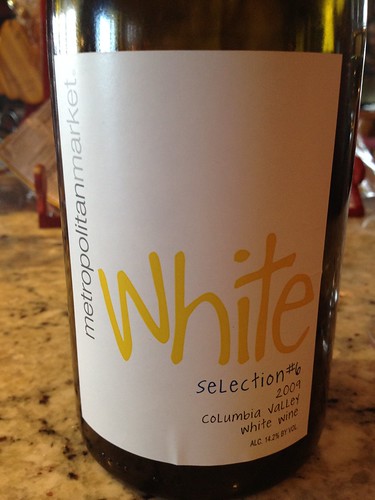Bubbly Champagne is the most well-known sparkling wine. Champagne has an alcohol concentration of about 10% to 12%. At the same time, some wines are “fortified” with distilled alcohol. Marsala, Port, Madeira, Sherry, and Vermouth, are other good fortified wines. They usually contain about 20% ABV.
What is champagne?
Champagne is a sparkling wine. But not all sparkling wines are Champagne. A wine only coming from the Champagne region in northern France is Champagne. Champagne or U.S. sparkling wine is typically made from a blend of three grapes: chardonnay, pinot meunier and pinot noir.
Types of Champagne
When you want to make an event special, you don’t look for a nice and reliable glass of red. You toast it with Champagne. Just because you can clink glasses of red with a large group of friends, it does not mean we have to ditch the bubbly Champagne.
Most people don’t have much experience with Champagne since it is mainly enjoyed on special occasions. This guide to types of Champagne is meant to help you find the right kind of Champagne for all events. Get going and pick the perfect base for your celebrations.
Types of Champagne According to Sweetness Designations
- Extra brut: bone dry.
- Brut: very dry.
- Brut nature: extra bone dry.
- Dry: somewhat dry.
- Extra dry: but less dry than brut.
- Demi-sec: sweet, typically a sparkling dessert wine.
- Doux: very sweet, also typically a dessert wine.
Does Champagne have alcohol?
Yes, deceptively. Champagne is relatively low in alcohol content and seems like an innocent drink. However, just like any other wine, Champagne contains alcohol.
What does champagne taste like?
Quality Champagne boasts a velvety mouthfeel. It comes with peach, almond, citrus, cherry, cream and toast. You know you’re drinking a quality Champagne when acidulous bubbles burst across your palate. Apart from an exquisite taste, Champagne also displays a subtle aroma.
Which Champagne is best of all?
There are as many good occasions as there are reasons to celebrate with Champagne. Birthdays, anniversaries, holidays, Fridays are great times to pop a bottle of champagne. In fact, any time is a good time to sip a little bubbly. Tipplers typically feel overwhelmed at the plethora of options available. Whether you’re looking for the ideal bottle to serve at brunch or the right cuvée for gifting, take the guesswork out of choosing. Here are a few of our very favorite bottles that are sure to please your palate.
The Best Champagne For All Types of Celebrations
- Moet & Chandon Imperial.
- Bollinger Brut Special Cuvee.
- Pol Roger Brut Champagne.
- Veuve Clicquot Brut Yellow Label.
- Ruinart Blanc de Blancs.
- Billecart-Salmon Brut Reserve.
- Taittinger Brut Champagne.
- Dom Pérignon Plenitude Vintage 2003.
What’s the difference between sparkling wine & champagne?
Sparkling wines, as opposed to still wines, are saturated with carbon dioxide gas molecules. It makes them fizzy or bubbly. Sparkling wines are made worldwide using a variety of grapes and production methods. Though Champagne also is a sparkling wine, not all sparkling wines are Champagne.
Why is champagne called champagne?
This wine is named after the region where it is grown, fermented, and bottled. Nestled in the country’s north-eastern corner, Champagne is near Paris in France. According to European Law, wines bottled within 100 miles of this region only have labels legally allowed bearing the name “Champagne.”
What is the appeal of champagne?
The appeal of Champagne is that you can drink it as an aperitif. It can accompany your meal on a regular weekday as well. Or whenever you are in the mood for Champagne. It is always Champagne time! A large part of the appeal of Champagne is due to the bubbles spilling over when the bottle is uncorked.
Why is Champagne so expensive?
The harsh climate of Champagne in France causes the winemaking process to be challenging. These conditions contribute to an expensive price tag on the final product. The average annual temperature of the region is only 52 degrees. The climate is nowhere near as lush and tropical as California or Provence.
Is Champagne made in India?
Moet Hennessy’s biggest champagne house has recently launched its first “made in India” sparkling wine. It seeks to capture a young, urban and increasingly sophisticated market.
Want to Buy One?
